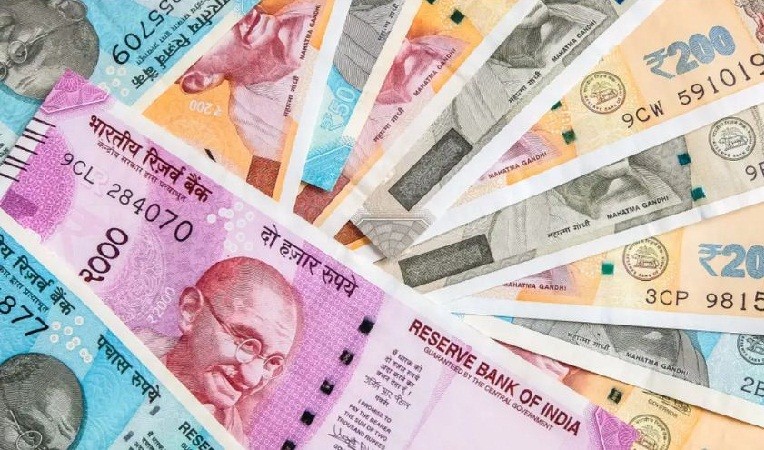
Mumbai: As of October 21, there was a record amount of currency in circulation, amounting to Rs 30.88 lakh crore. This shows that even six years after the demonetisation decision, there is still a strong demand for cash. At Rs 30.88 lakh crore, the currency with the public is 71.84 percent higher than the level for the two-week ended November 4, 2016. On November 8, 2016, Prime Minister Narendra Modi had announced the decision to withdraw Rs 500 and Rs 1,000 denomination notes with the ultimate aim of reducing corruption and black money in the economy.
The move was intended to make India a "less cash" economy, while many experts criticised it for having been poorly planned and carried out. According to the RBI's fortnightly report on money supply, which was announced on Friday, the amount of money in circulation reached Rs 30.88 lakh crore on October 21. On November 4, 2016, the money in circulation was valued at Rs 17.7 lakh crore, according to Reserve Money data from the central bank. Notes and coins used by people to conduct business, complete transactions, and make purchases of goods and services are referred to as currency with public.
The move, which was criticised by many experts for poor planning and execution, was to make India a "less cash" economy. As per the fortnightly data on money supply released by the RBI on Friday, the currency with the public increased to Rs 30.88 lakh crore as on October 21. The central bank data for Reserve Money had put the currency in circulation at Rs 17.7 lakh crore on November 4, 2016. Currency with public refers to notes and coins used by people to transact, settle trades, and for buying goods and services.
The figure is arrived at after deducting cash with banks from the currency in circulation. Cash usage has been steadily rising in the economy, even as newer and far convenient digital alternatives of payments have become popular. The COVID-19 pandemic, which laid an emphasis on contactless transactions, also gave a fillip to such digital modes. A 2019 RBI study on digital payments had partly addressed the issue. "Although digital payments have been growing gradually in recent years, both in value and volume terms across countries, data also suggests that during the same time, currency in circulation to GDP ratio has also increased in consonance with the overall economic growth," it had said. "... an increase in digital payments to GDP ratio over a period of time does not seem to automatically imply a fall in the currency to GDP ratio of the country," it had added.
It had said that after demonetisation, India has seen a significant increase in digital transactions, although the digital payments to GDP ratio in the country has been traditionally low. In a recent note, economists at SBI had said the currency in circulation (CIC) declined by Rs 7,600 crore in the Diwali week, which was the first such decline in nearly two decades if one were to exclude the 2009 festivities, which saw a marginal dip due to the global financial crisis.